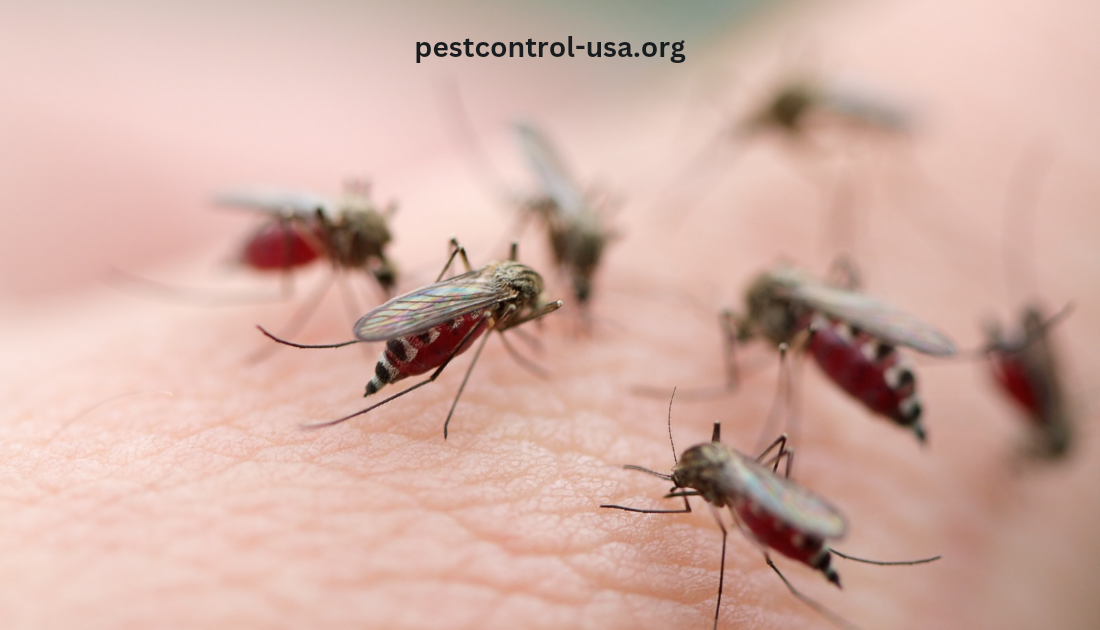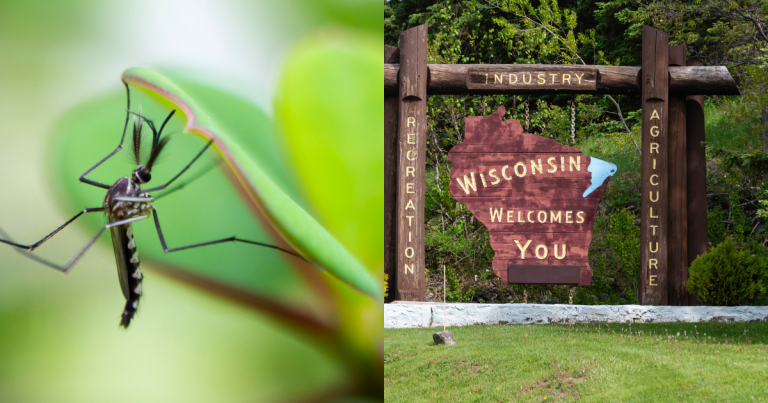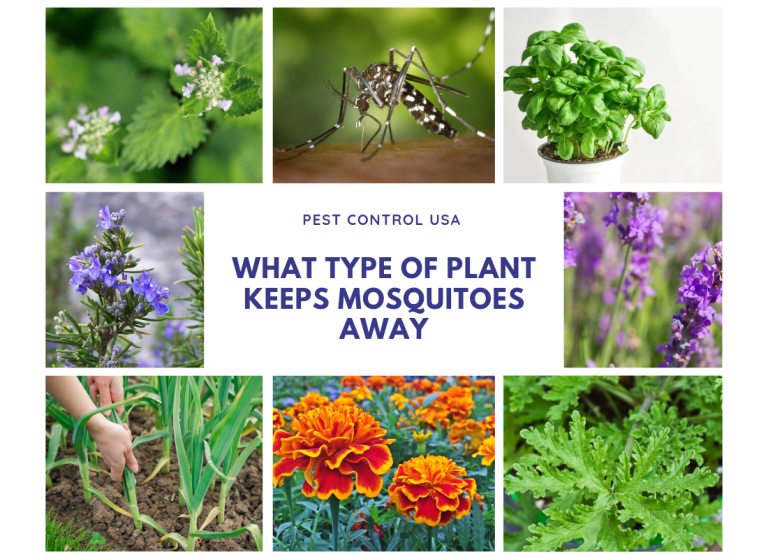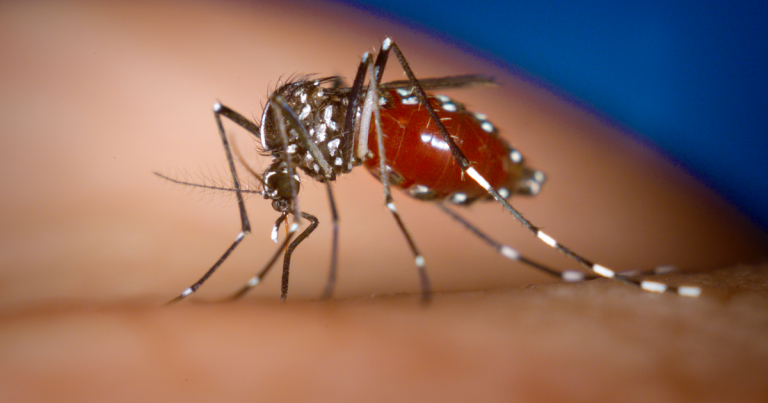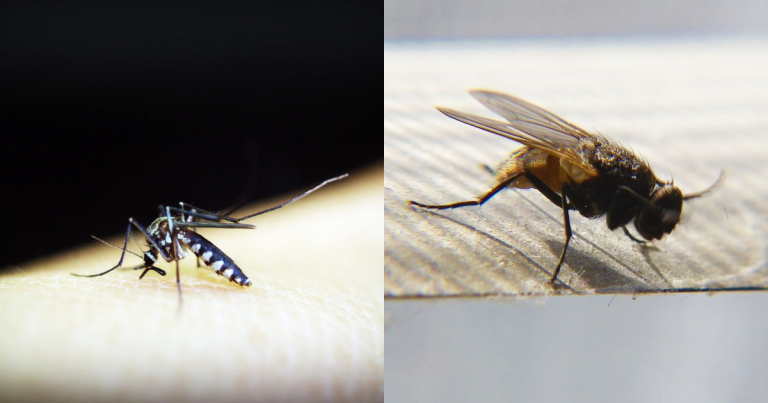It’s hard to believe that such a tiny creature could be responsible for so much devastation, but it’s true: mosquitoes are responsible for more human deaths than any other creature on Earth. In fact, according to the World Health Organisation, mosquitoes kill approximately 725,000 people every year. And that’s just from the diseases they carry; when you factor in the additional deaths caused by mosquito-borne illnesses like malaria, dengue fever, and yellow fever, that number jumps to an estimated 1 million.
So, how do these creatures managed to kill so many people? For one thing, they’re incredibly efficient at transmitting diseases. A single female mosquito can lay up to 500 eggs at a time, and each of those eggs hatches into a flying insect that can live for up to two months. In that time, a mosquito can bite hundreds of people, spreading whatever diseases it may be carrying.
And unfortunately for us, mosquitoes are becoming increasingly resistant to the pesticides we use to control them. That means we need to find new and innovative ways to control their populations—before they control ours.
The Deadly Power of Mosquitoes
As mentioned above, mosquitoes are responsible for more human deaths than any other creature on Earth. But how? Let’s take a closer look at three of the most deadly diseases carried by these tiny insects: malaria, dengue fever, and yellow fever.
Malaria is caused by a parasites that is transmitted by female Anopheles mosquitoes. According to the World Health Organization, there were approximately 219 million cases of malaria worldwide in 2017, resulting in the death of 435,000 people. The vast majority of those deaths (90%) occur in children under the age of 5 living in Africa south of the Sahara desert.
Dengue fever is caused by a virus that is transmitted by female Aedes mosquitoes. There is no specific treatment for dengue fever; instead, patients must receive supportive care to manage their symptoms until the illness runs its course (which is typically around five days). In severe cases, dengue fever can lead to dengue hemorrhagic fever—a potentially fatal condition characterised by bleeding and low blood pressure—or dengue shock syndrome—a life-threatening condition caused by fluid leaking from blood vessels into body tissues (known as vascular leakage). According to the World Health Organization, there were approximately 96 million cases of dengue fever worldwide in 2015 (the most recent year for which data is available), resulting in 22 thousand deaths.
Yellow fever is also caused by a virus that is transmitted by female Aedes mosquitoes. Like dengue fever, there is no specific treatment for yellow fever; instead patients must receive supportive care to manage their symptoms until the illness runs its course (which is typically three to six days). In severe cases however, yellow fever can lead to liver damage and failure, and eventually death. According to the World Health Organization, there were approximately 84 thousand cases of yellow worldwide in 2013 (the most recent year for which data is available), resulting in 29 thousand deaths.
Conclusion
As you can see, mosquitoes are capable of causing a tremendous amount of damage—both directly through their bites and indirectly through the diseases they spread. With a global population that is increasingly urbanized and interconnected, it’s more important than ever before that we find new and innovative ways to control mosquito populations. Otherwise, these tiny creatures will continue to have a huge impact on our lives—and not in a good way.

